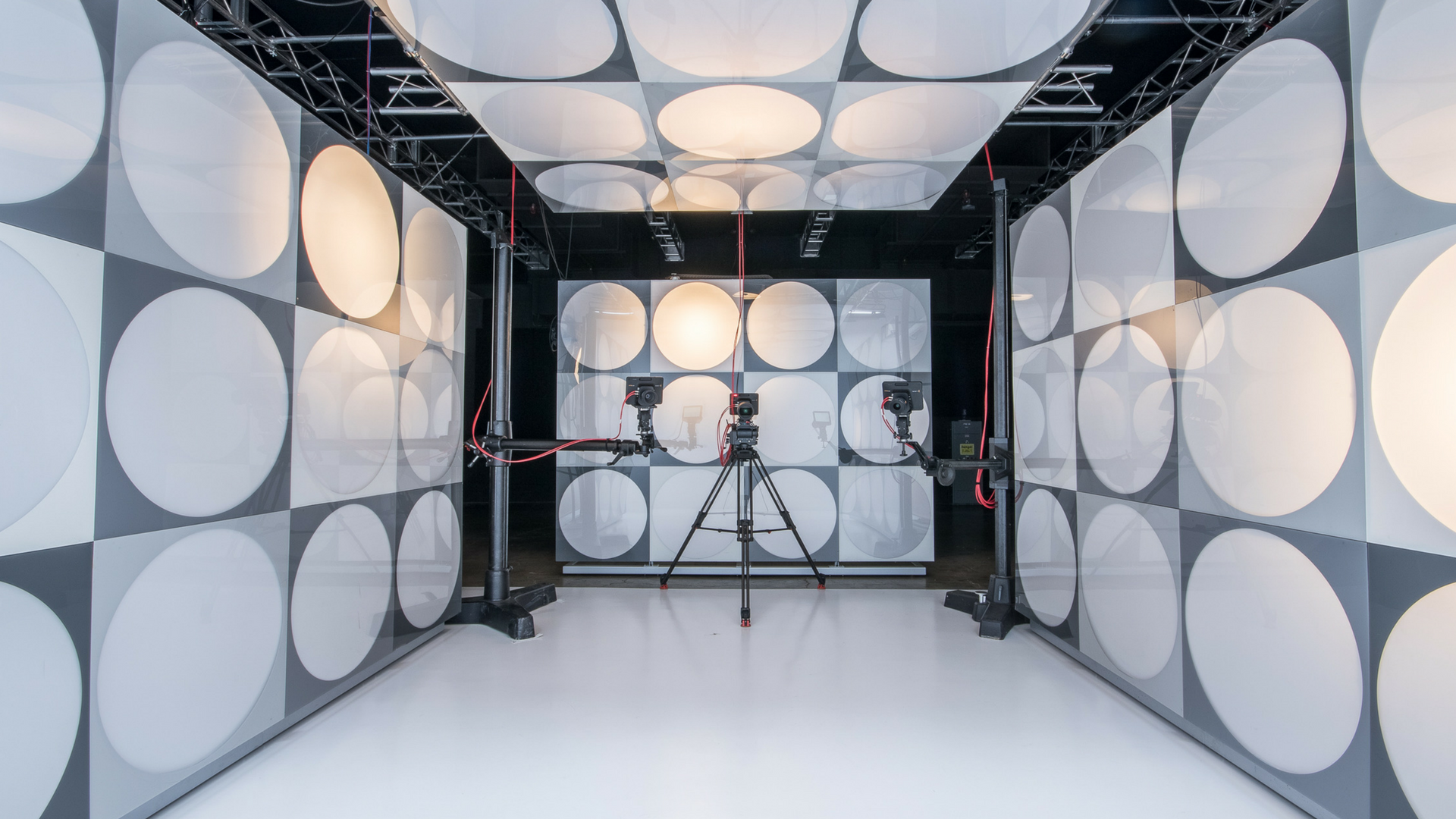3 Steps to Using Compositing in Your Photography
One of the benefits of studio photography is the ability to create a composite image. Simply put, a composite image is taking a subject and transposing it onto a different background. Composite images are crisp, creative, and beautiful.
This gives you greater flexibility while still giving your client the images they’re looking for. At Meets The Eye Studios, we have a large white wall in Studio B, ideal for taking photos for a composite image.
How Composite Photography Works
Creating your first composite image can seem intimidating, but with some practice you’ll be able to use lighting, camera settings, and your editing software to create some beautiful images. Perspective is key in order to match the foreground and background.
If perspective is wrong, then your final image will look unrealistic.
When done well, viewers will not be able to tell if your image is real or fake.
#1: Composite Photography Requires Careful Lighting
When capturing for a composite image, it’s important to have proper lighting. Without even lighting, it will become harder to remove the subject from the background. Take the time to ensure that the subject is lit well, because this will reduce the headache later while editing.
#2: Remember to Consider Your Subject’s Spacing
Just as lighting is crucial to a composite image, spacing is, too. It’s important to consider how your subject’s location will affect your final image. The direction and type of lighting, as well as the camera’s position all need to be considered before shooting.
Our studio is large enough to accommodate any set pieces, talent, and wide shots you need to bring your concept to life through compositing.
#3: Placing the Background in a Composite Image
Once you have your raw photos, the fun begins! There are a number of ways to perform these tasks in Photoshop, and it’s largely based on preference. There is no absolute correct way.
The important thing to remember, though, is that you will need to be careful with the edges. Edges are key in selling a composite illusion, so they need to be well done.
Most notably, the “refine edge” function will help soften the edge, which can help you create that perfect edge for your composite image.
While this is only a brief overview of the process, we recommend checking out Joel Grimes, a well known composite photographer. In this video, he shares his tips and tricks to creating a great image, from capture through compositing.
When a client requests an image that would be hard, if not impossible, to capture outdoors, a composite image can be the solution. When using a white wall for your composite photography, you can shoot in a controlled environment and add the “location” while editing.
At Meets The Eye Studios, you have a creative space with ample parking and additional equipment, in addition to Studio B’s white wall studio.
